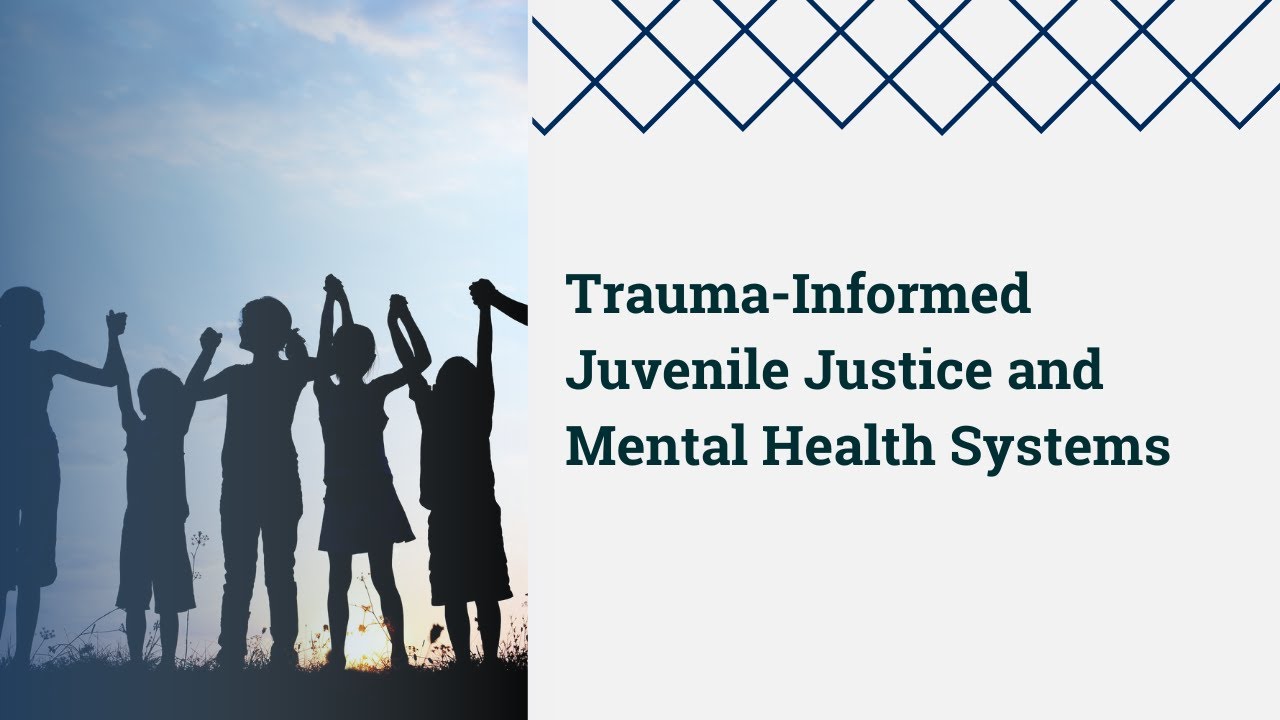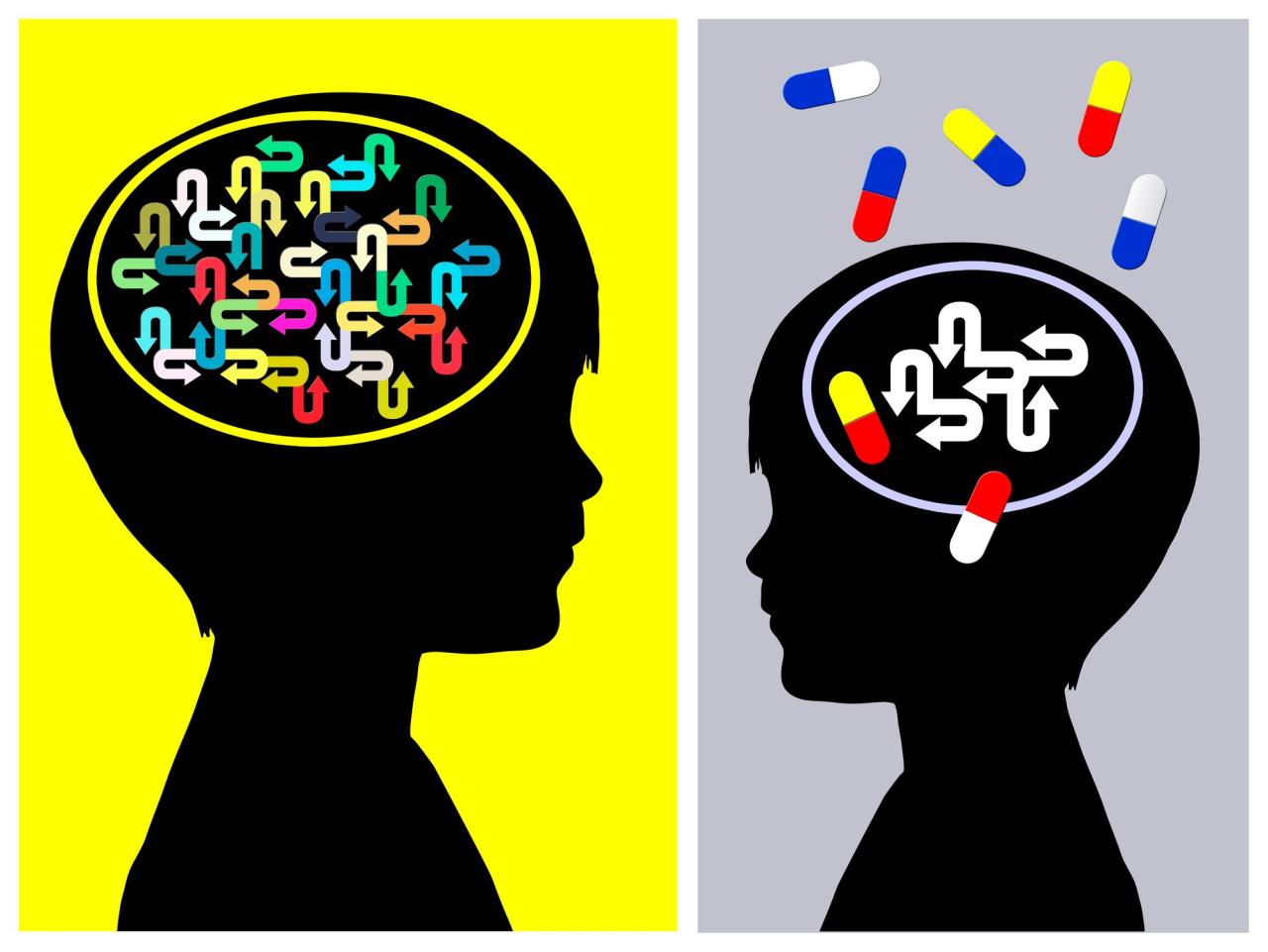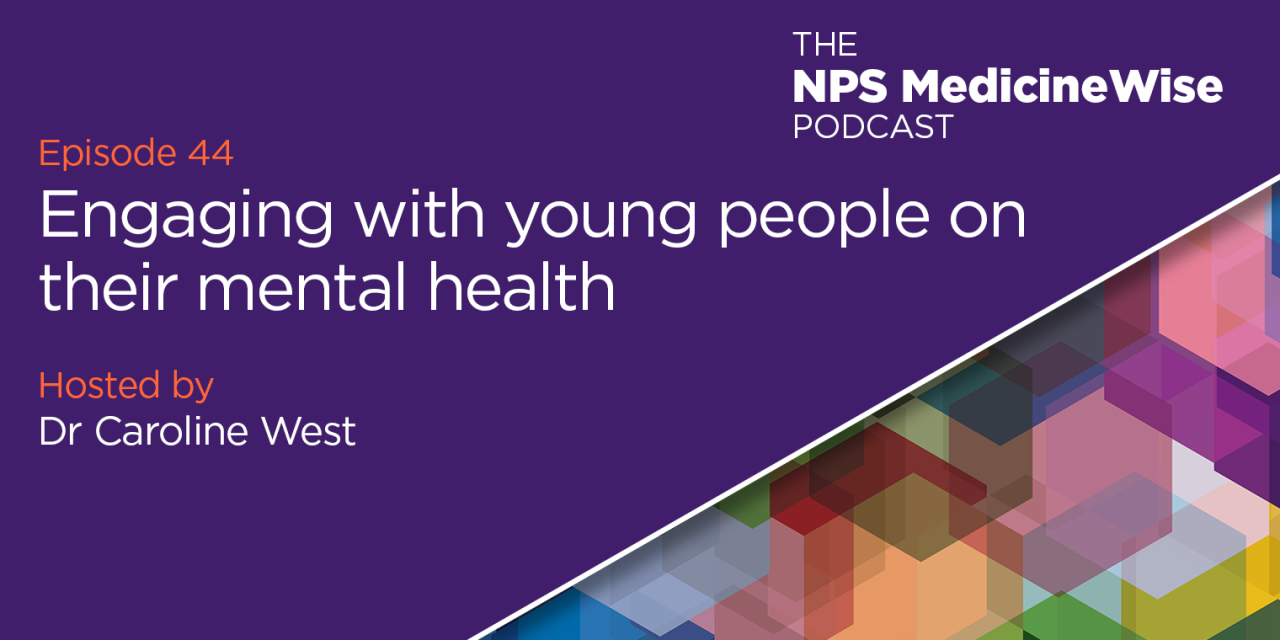Youth with mental health disorders in the juvenile justice system face a unique set of challenges that can impact their behavior, interactions, and outcomes. This article delves into the prevalence, impact, screening, treatment, collaboration, and policy recommendations related to this vulnerable population.
The high prevalence of mental health disorders among youth in juvenile justice settings is a cause for concern, as these disorders can significantly affect their behavior and ability to participate in rehabilitative programs.
Prevalence and Characteristics of Mental Health Disorders in Juvenile Justice Settings
Mental health disorders are prevalent among youth in the juvenile justice system. Studies indicate that approximately 60-75% of youth in juvenile detention facilities have at least one diagnosable mental health disorder.
The most common types of mental health disorders observed in this population include:
- Conduct disorder
- Oppositional defiant disorder
- Attention-deficit/hyperactivity disorder (ADHD)
- Depression
- Anxiety disorders
The high prevalence of mental health disorders in juvenile justice settings is attributed to several factors, including:
- Exposure to trauma and abuse
- Neurobiological factors
- Social and environmental stressors
Impact of Mental Health Disorders on Juvenile Justice Outcomes
Mental health disorders significantly impact youth’s behavior and interactions within the juvenile justice system.
Youth with mental health disorders are more likely to:
- Engage in aggressive and disruptive behaviors
- Have difficulty complying with rules and authority
- Experience difficulty in school and vocational programs
These challenges can hinder youth’s ability to participate in rehabilitative programs and comply with court orders.
Juvenile justice professionals face challenges in managing youth with mental health disorders due to:
- Limited resources and training
- Lack of coordination between juvenile justice and mental health systems
- Stigma and discrimination associated with mental illness
Screening and Assessment of Mental Health Disorders
Screening and assessment processes are crucial for identifying youth with mental health disorders in juvenile justice settings.
Screening typically involves a brief questionnaire or interview to identify youth who may have a mental health disorder.
Assessment involves a more comprehensive evaluation conducted by a qualified mental health professional to determine the specific diagnosis and severity of the disorder.
Challenges and limitations of these processes include:
- Lack of standardized screening and assessment tools
- Limited access to qualified mental health professionals
- Youth’s reluctance to disclose mental health concerns
Early identification and assessment are essential for improving outcomes for youth by ensuring timely access to appropriate treatment and support.
Treatment and Intervention Strategies: Youth With Mental Health Disorders In The Juvenile Justice System
A range of treatment and intervention strategies are available for youth with mental health disorders in the juvenile justice system.
These include:
- Cognitive-behavioral therapy (CBT)
- Trauma-focused therapy
- Medication
- Social skills training
- Mentoring and support programs
The effectiveness of these strategies is supported by research, which demonstrates improvements in:
- Mental health symptoms
- Behavior
- Recidivism rates
Examples of successful treatment programs include the Cognitive Behavioral Intervention for Trauma in Schools (CBITS) and the Multisystemic Therapy (MST) program.
Collaboration and Coordination of Services
Collaboration and coordination between juvenile justice and mental health systems are essential for improving outcomes for youth with mental health disorders.
Challenges and barriers to effective collaboration include:
- Lack of communication and coordination
- Different mandates and priorities
- Stigma associated with mental illness
Successful collaboration models include:
- Co-located services
- Cross-training of staff
- Integrated case management
These models have demonstrated improved access to mental health services, better coordination of care, and improved outcomes for youth.
Policy and Practice Recommendations

Several policy and practice recommendations aim to improve the identification, assessment, and treatment of youth with mental health disorders in the juvenile justice system.
These include:
- Adopting standardized screening and assessment tools
- Increasing access to qualified mental health professionals
- Developing specialized treatment programs for youth with mental health disorders
- Improving collaboration and coordination between juvenile justice and mental health systems
Implementing these recommendations can enhance the quality of care for youth with mental health disorders and improve their outcomes within the juvenile justice system.
Final Conclusion

Addressing the needs of youth with mental health disorders in the juvenile justice system requires a collaborative effort involving juvenile justice and mental health professionals, policymakers, and community organizations. By implementing effective screening, assessment, treatment, and collaboration strategies, we can improve outcomes for these youth and help them reach their full potential.



